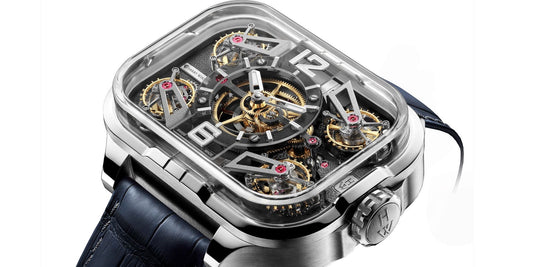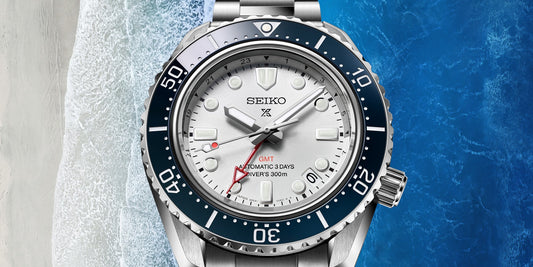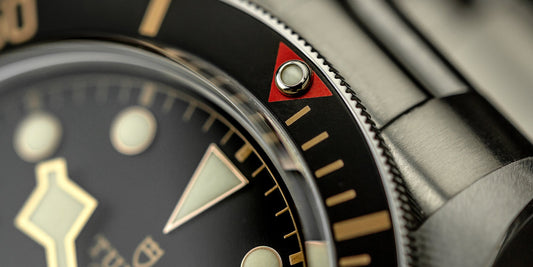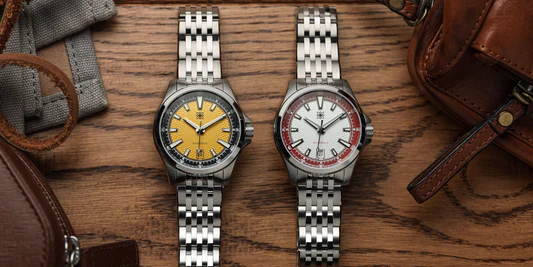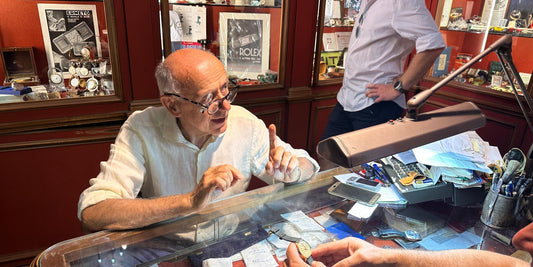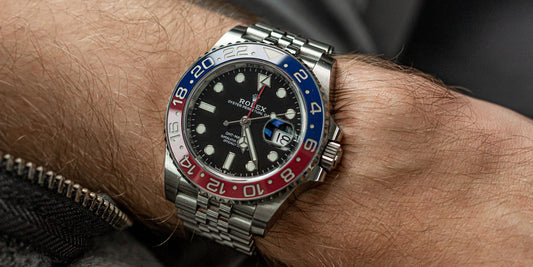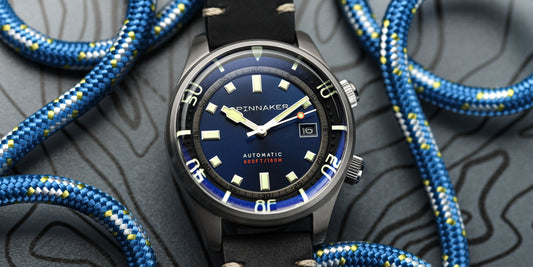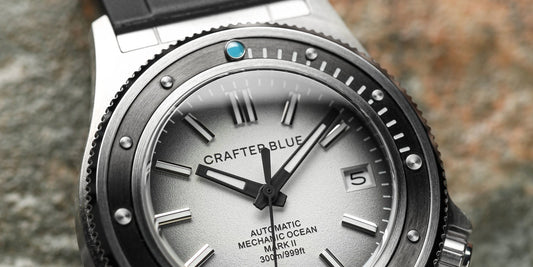This might just change your opinion on smart watches...
There’s a new fashion among certain members of the watch community, called ‘double-wristing’. For those who haven’t heard of this phenomenon – which is entirely understandable – it describes the act of wearing your main watch on your dominant wrist, and your smart watch (more likely than not to be an Apple watch) on your other wrist.
It solves the dilemma that’s existed since smart watches were introduced about five years ago: how can you reconcile the obvious advantages of a smart watch with your passion for normal analogue watches?
Double-wristing is the perfect solution, and while it feels odd initially, it’s something that you quickly get used to. As a trend, it’s definitely on the rise – as the photo taken below (in a trendy bar in Switzerland) shows. Yet it’s very much a global fashion: even Apple employees in California occasionally double-wrist.
I first double-wristed three years ago, part of a pioneering movement with another friend, and since then I’ve spontaneously met three other double wristers. Once you get past the jokes about watch smugglers and become accustomed to the feeling of having a watch on your less dominant wrist, it can quickly become part of everyday life.There will always be some who see smart watches as the enemy, or question what the point of them is. Yes, essentially, it’s a shrunken iPhone that you wear on your wrist. There’s nothing it can do that an iPhone can’t. Yet there’s not much an iPhone can do that a normal computer can’t either – and you wouldn’t want to carry one of those around all the time. Small is definitely convenient, especially if you can pay for things without getting your wallet out, and answer calls without getting your phone out.
Sony has tried to get round the dilemma by producing the Wena: an intelligent bracelet with a small screen that you can attach to your favourite analogue watch. It’s an interesting idea, but ultimately (in my view) an unhappy compromise that’s to the detriment of both: spoiling the look of the classic watch, but without the functionality of a smart watch. Equally, some traditional watch manufacturers (such as TAG, with their ‘Connected’ model) have been creating premium smart watches recently, but that doesn't really work either – the aesthetics are just too comprised, and a lot of people think that £1500 or so is too much (when the base Apple Watch costs around £400. Double-wristing is an all-round better solution, with no middle ground involved.
It’s not to everyone’s taste, of course. In a recent feature, GQ magazine denounced double-wristing as a faux pas in modern etiquette, right up there with hosting your stag night abroad. But equally, this is the magazine that also said a gentleman should always have a good traditional watch. Personally, I disagree. A gentleman should always have several good traditional watches (which need not be expensive).In the end, it depends on how you look at it. An Apple Watch is an excellent device that’s easy to live with, but just because you wear it on your wrist, that doesn’t automatically make it a watch. Timekeeping is very much a subsidiary function to everything else it does: instead it's more of a wearable computer. A dedicated double-wrister is still only wearing one watch really – in his or her mind – which is why the conventional watch always gets the dominant wrist.
But just because we don’t really count the Apple Watch as a watch doesn’t mean that we can't customise it. In fact, a central plank of Apple’s marketing strategy is the fact that it’s easy to change the strap.

Some of our Apple Watch replacement straps - Image Credit: WatchGecko Online Magazine [product ids="6129,6139,6142"]
Opinion differs as to which type of strap works best with the Apple Watch. Some people favour leather, to soften the modern straight lines and lend a more classical look. Others think that a metal bracelet perfectly complements the industrial utilitarianism of Apples design. But because of the strictly functional role of the Apple Watch, it perhaps works best with an equally functional strap, which is easy to slip on and off. The military strap works well in this context, as does the rubber strap. For double-wristers, it’s all about the main watch, so you want your smart watch strap to be reasonably discreet.

Some of our Apple Watch replacement straps - Image Credit: WatchGecko Online Magazine [product ids="6129,6139,6142"]
If you’re travelling a lot, for instance, double-wristing might not be the best solution as you’ll be constantly taking your watches on and off for security checks. But that’s why it’s important to choose a strap that’s easy to slip on and off. If you do take the Apple Watch off, just remember to put it back on – as with one watch still on the wrist, double-wristers often lose that ‘naked’ feeling you get when wearing no watch at all.
The moral of the story? We were all born with two wrists for a good reason. Let’s make full use of them.



